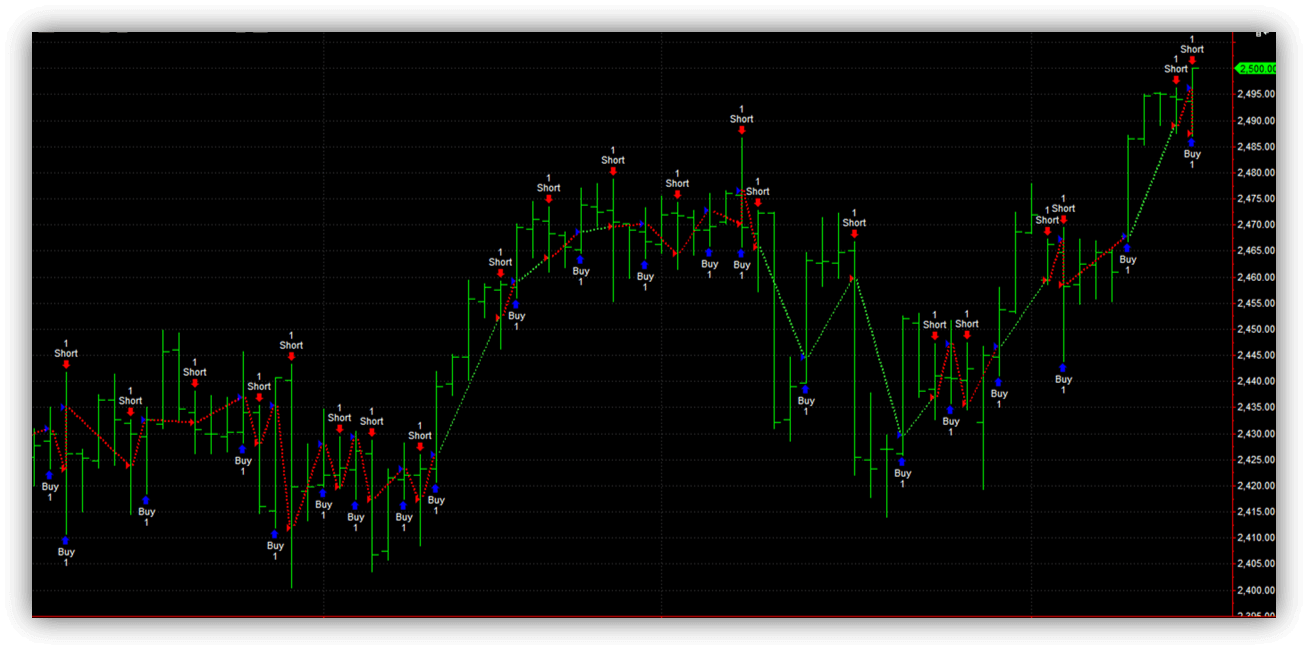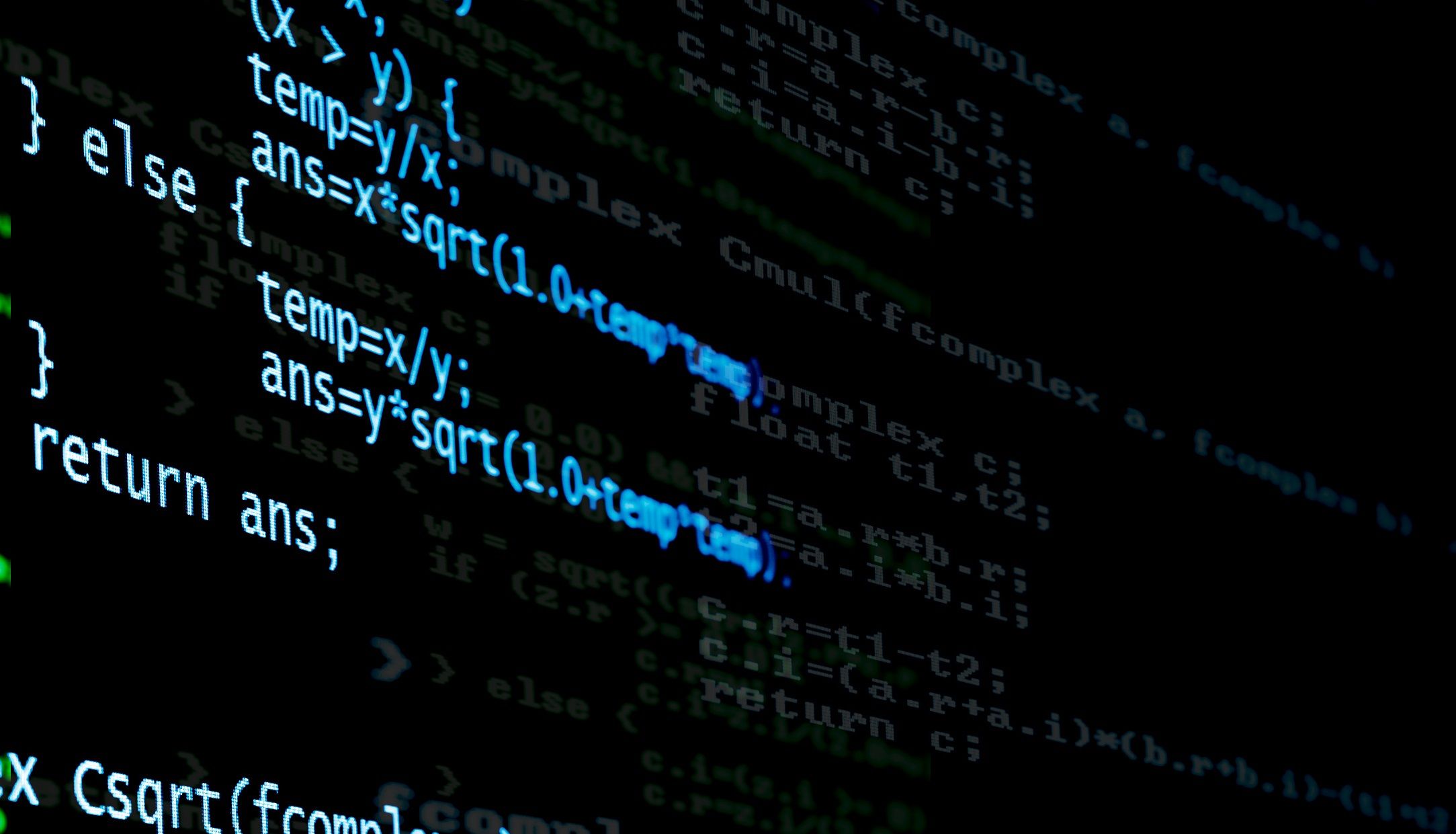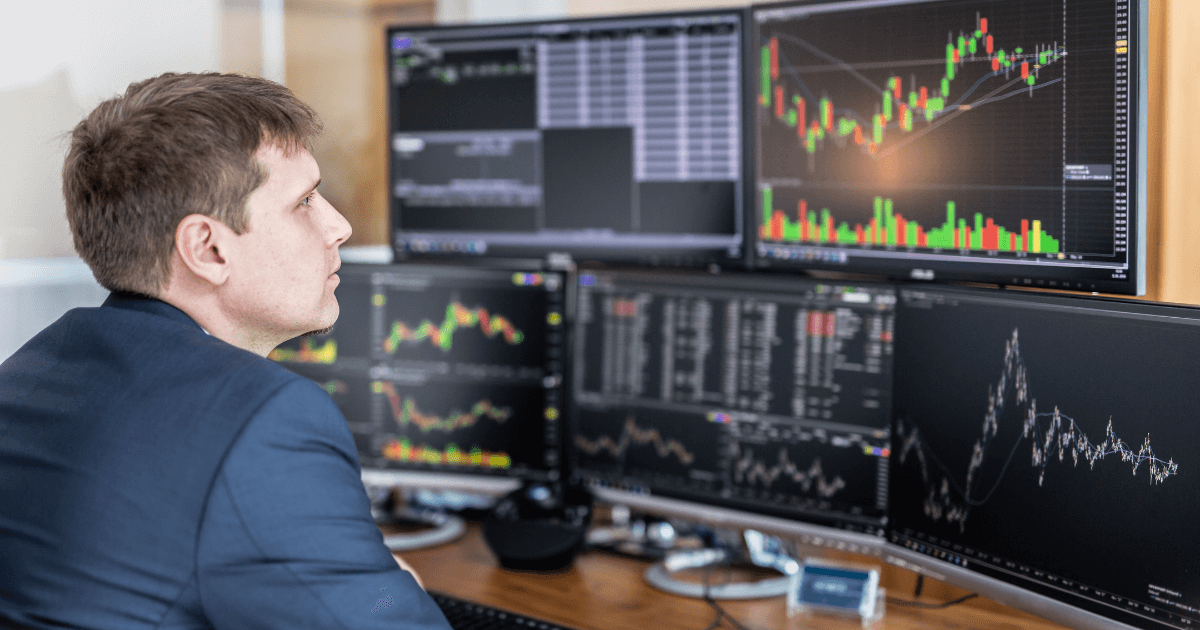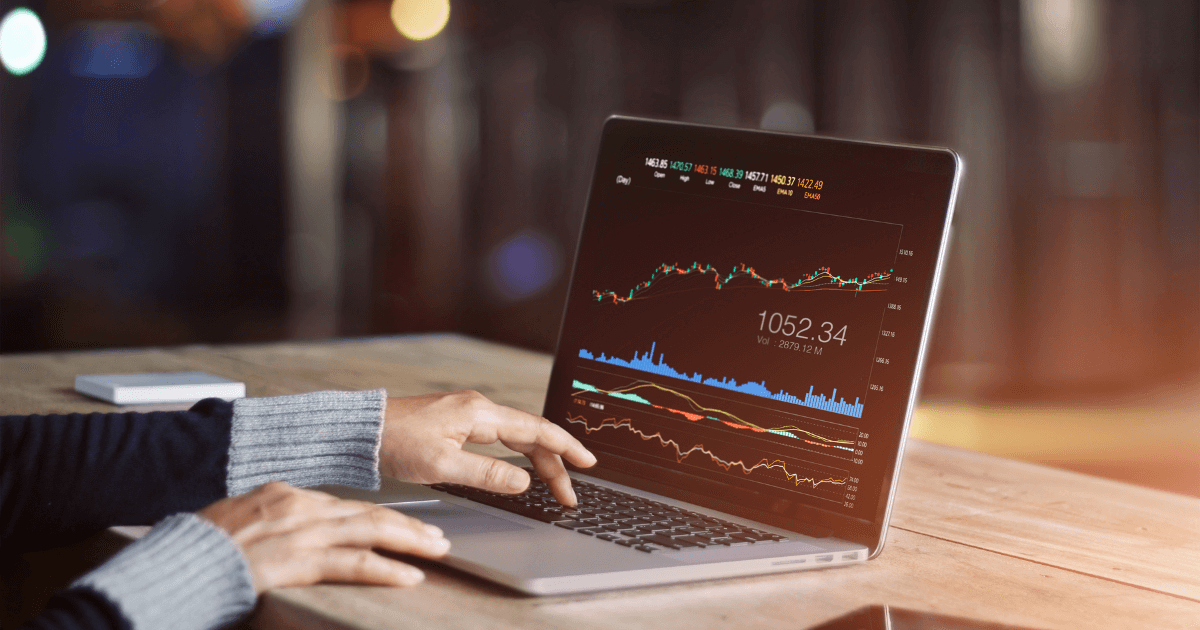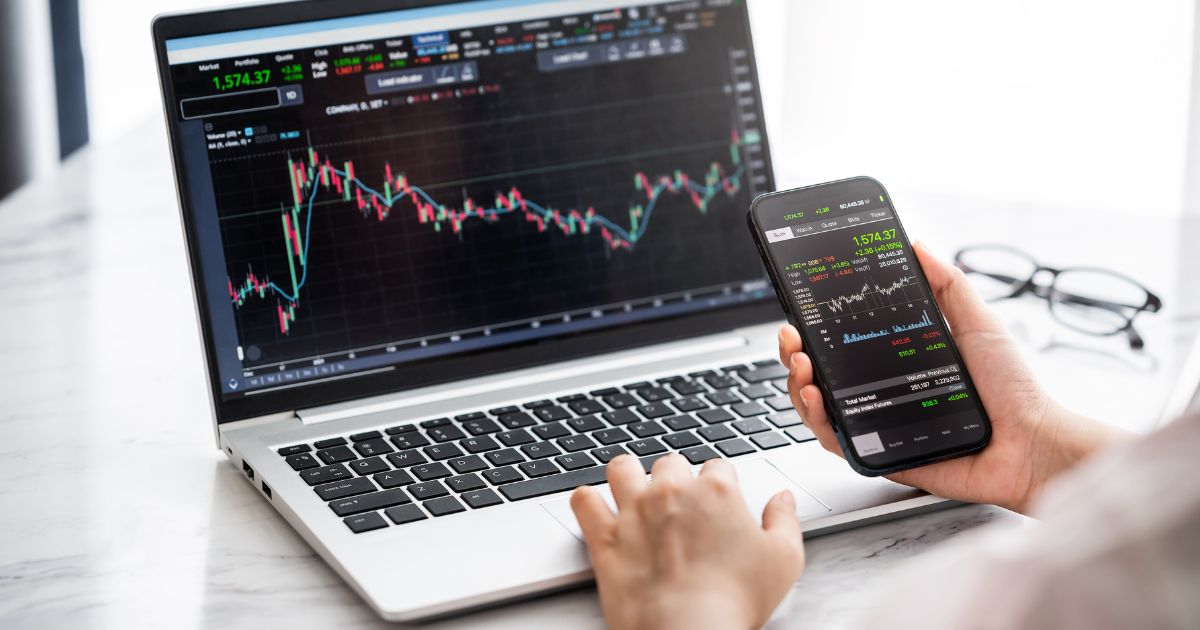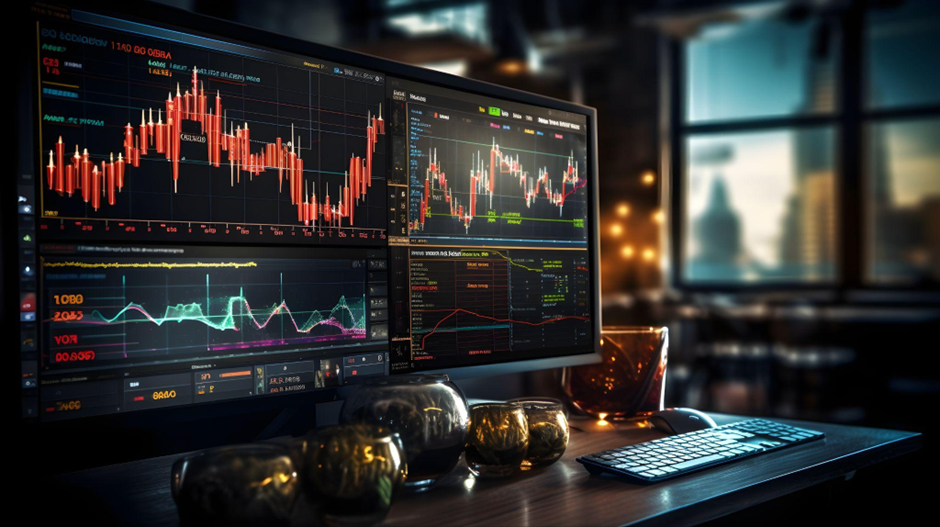How do you choose the best software for systematic trading? What are the features of a great software? In this article, you’ll find the answers to these questions.
If you’re a systematic trader, you probably already know the importance of good software. Simply put, systematic trading software allows you to analyze historical market data and develop automated strategies by writing algorithms called trading systems, which are “little programs” that automatically send orders to the broker.
Nowadays there are many programs to choose from, each with its specific features. The purpose of this article is to show you which very important criteria characterize the very best software. If you want to know the names of some very reliable software, you can continue by reading this article.
The 5 Criteria to Apply When Choosing the Right Software for Automated Trading
Choosing the right software can turbocharge your trading performance, just as choosing the wrong one can cause a variety of problems. So, let’s see what features distinguish the best automated trading software.
1. The Programming Language
There are two types of trading software: those that use a simplified programming language specifically designed for trading and those that use a generic programming language.
Specific programming languages are ideal for those with no programming experience since they already contain coded functions that you simply call up in your codes or modify as needed. In other words, much of the heavy lifting has already been done. Examples of software that use specific languages are MultiCharts (Power Language) and TradeStation (Easy Language).
By the way, these two programming languages are nearly identical, so trading system scripts can be adapted from one platform to another without too many changes.
“Generic” programming languages, on the other hand, are not designed explicitly for trading and therefore require many instructions to “explain” trading concepts to the machine.
Platforms using these languages are more suitable for those who already have programming experience and want to continue using a language they are already proficient in. An example of software with a generic language is NinjaTrader, which uses the C# language.
Of course, this doesn’t necessarily mean that trading-specific languages are better than generic ones or vice versa. What matters is that you choose software that suits your level of experience, so if you don’t know how to program yet, it’s best to choose a simplified language.
2. Flexibility and Integration with Brokers and Data Providers
Trading, in general, requires a broker (it is important to choose the trading broker that best suits your needs-we discuss this in this article). As you can imagine, your software must be fully integrated with your broker, meaning that they “know how to talk” to each other. Otherwise, your software won’t be able to execute orders.
Another key element for trading is the data feed. To know the highs, lows, opens, closes, volumes, etc., needed to analyze market behavior and identify the levels to place orders on, you need the most accurate and reliable market data possible.
Of course, even with reliable information, the data received from the data feed provider must be properly utilized by the trading platform.
3. User-friendliness
Simple and intuitive software can undoubtedly make any trader’s life easier. User-friendliness is not only an advantage for novices; even experienced traders can benefit from instruments that speed up trading and further reduce the time spent in front of the computer.
4. Stability and Latency
Latency is the time between the software issuing an order and the broker receiving that order.
Let’s look at an example. Imagine that Trader X sends a sell order on U.S. futures. Let’s pretend that 2 seconds elapse between the command and the execution of this order. This may seem like an insignificant amount of time, but it’s a sufficient time frame for the futures price to fluctuate and for the trader’s order to be executed at a different level than the one for which it was originally sent. This problem is particularly relevant in highly volatile markets, where prices move very fast.
Therefore, every tenth of a second saved can have an impact on the outcome of your trades. For this reason, it’s a good idea to opt for trading software that can guarantee the lowest possible latency.
5. Community and Support
A large and active community helps to find quick solutions to any problems or questions. In communities and forums you can find helpful information as well as open-source systems and plugins that can make your job much easier.
A good level of service is usually a sign of seriousness and reliability, and provides a significant advantage.
Conclusion
In this article, we’ve explored the main parameters for the best systematic trading software used in Italy.
We recommend that you continue reading this article, where you’ll find a list of some very good software to get you started.

